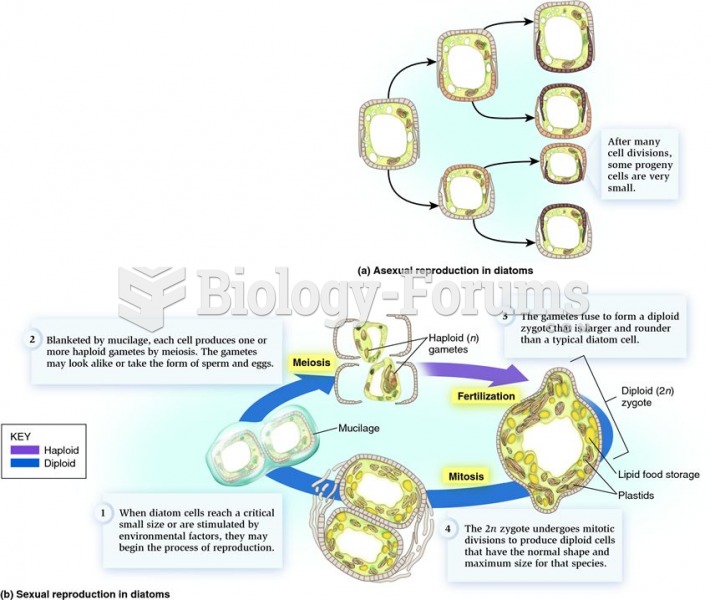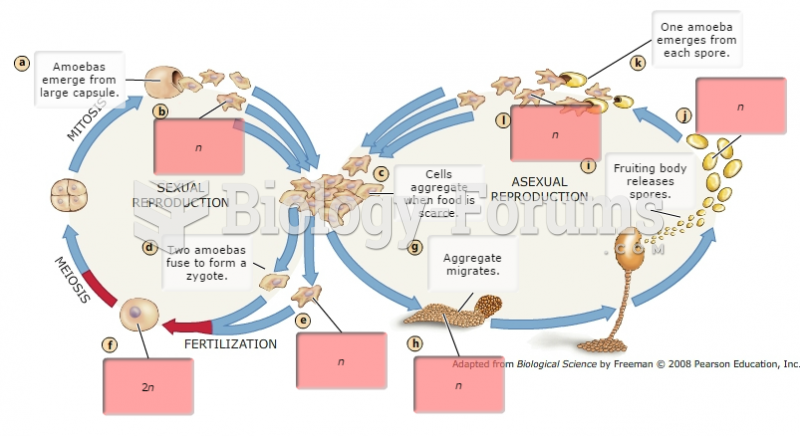Answer to Question 1
A slightly different model from the Holmes and Rahe checklist approach to life events stress is represented by the Bedford College Life Events and Difficulties Schedule (LEDS). The LEDS requires training in its application and scoring and is used primarily with clinical populations such as those with clinical depression, bipolar disorder, and forms of psychoses. Instead of using a self-report checklist, the LEDS uses a semi-structured interview and a panel of trained raters to assess among other variables the degree of potential long-term threat of the life events noted by the participants within the context in which they occur. It is based on what a typical person in that situation would likely experience. Though threat is determined by its potential long-term negative implications, potential long-term positive aspects of the event can also be rated.
One disadvantage to the LEDS is that it requires training in conducting the semi-structured interview and scoring the responses. In addition, it requires a panel to evaluate the responses and arrive at a consensus. Therefore, it is more expensive and time demanding than simple paper and pencil checklist measures. It also, like the SRRS has some of the problems associated with collecting information based on retrospection. However, the LEDS is a good example of a gold standard approach to measuring life change events that can be used as an alternate to traditional paper-and-pencil self-report checklists.
Answer to Question 2
Although the SRRS and its variants continue to be popular, there are several problems with the SLE (stressful life events) model as proposed by Holmes and Rahe that can confound some of the results. One is that many of the SLE studies supporting the model are based on retrospective self-reports. As discussed earlier, people often have difficulty remembering events accurately and may have memory distortions or biases when answering. Response bias is more likely to occur when distressed individuals are retrospectively searching for possible causes of their illnesses and interpreting ambiguous items as supportive of their illness beliefs.
Second, some of the items on SLE checklists overlap with physical illnesses because the items themselves refer to similar health related events. Thus, this overlap embeds confounds of stress and illness in the self-report instrument itself that have to be teased out if there is any hope for an accurate measurement of the stress-illness relationship. Last, the effects of negative affectivity or neuroticism levels of respondents may influence their responses since those who score high on measures of neuroticism on instruments like the NEO-PI tend to report more health complaints than their low scoring counterparts. These individuals may also endorse more SLEs that overlap with psychological disorders involving depression or anxiety (e.g., items such as Major change in eating habits or Sexual difficulties).







